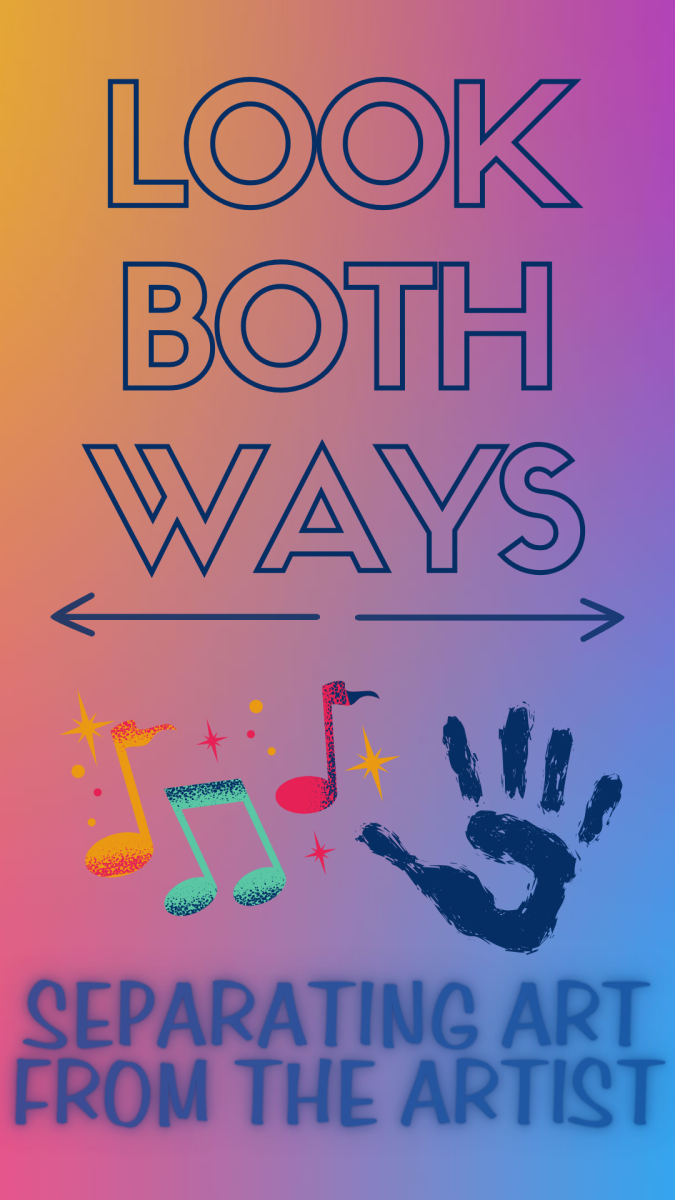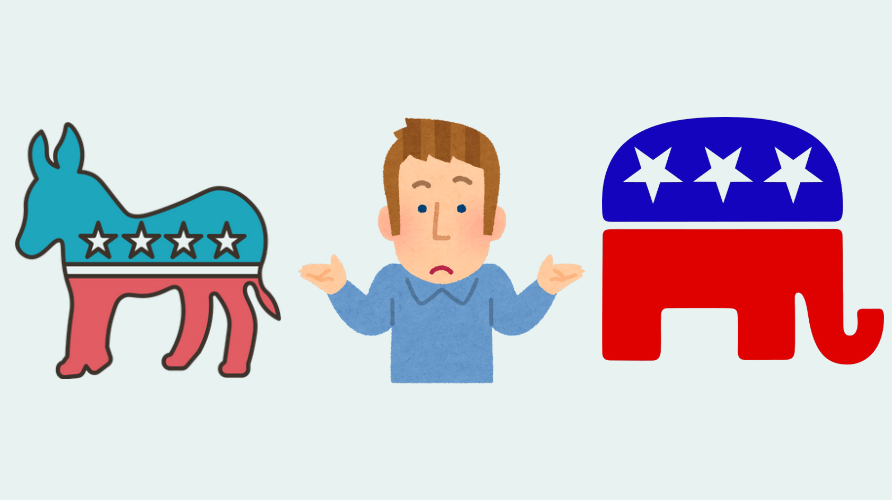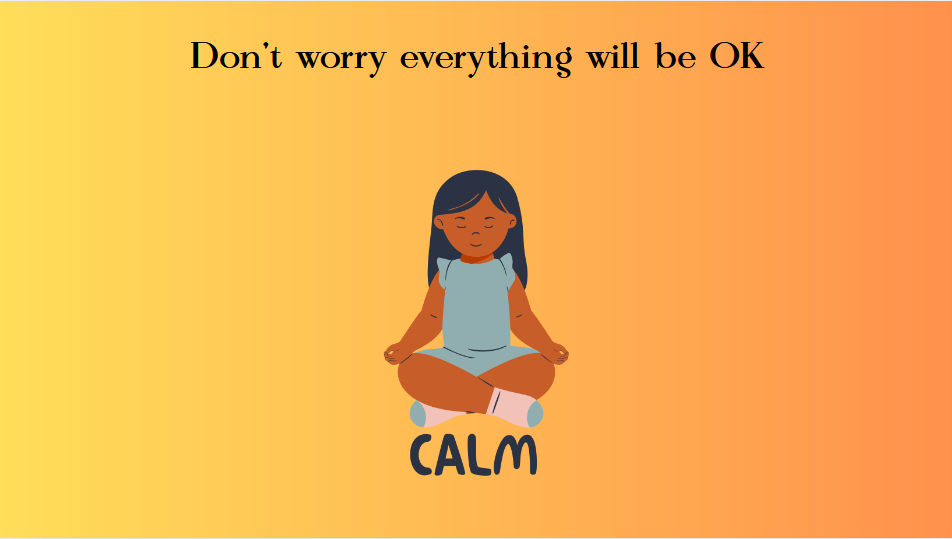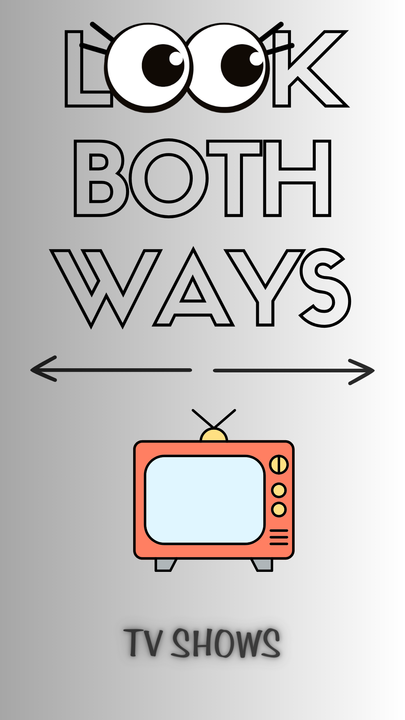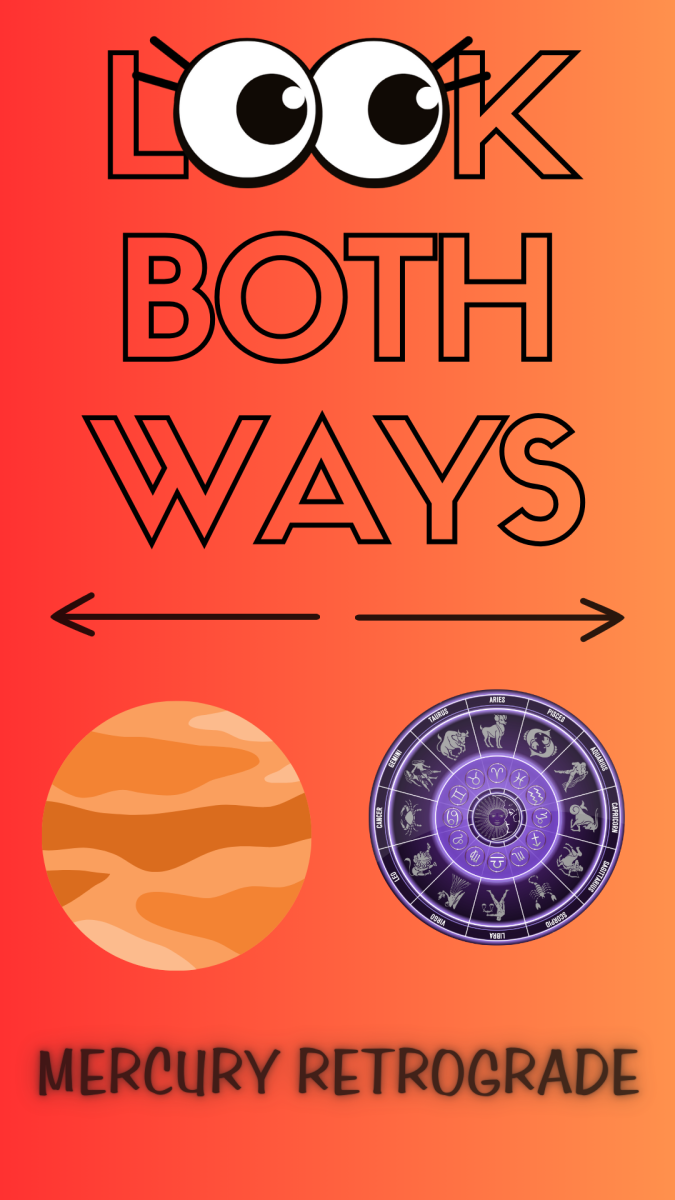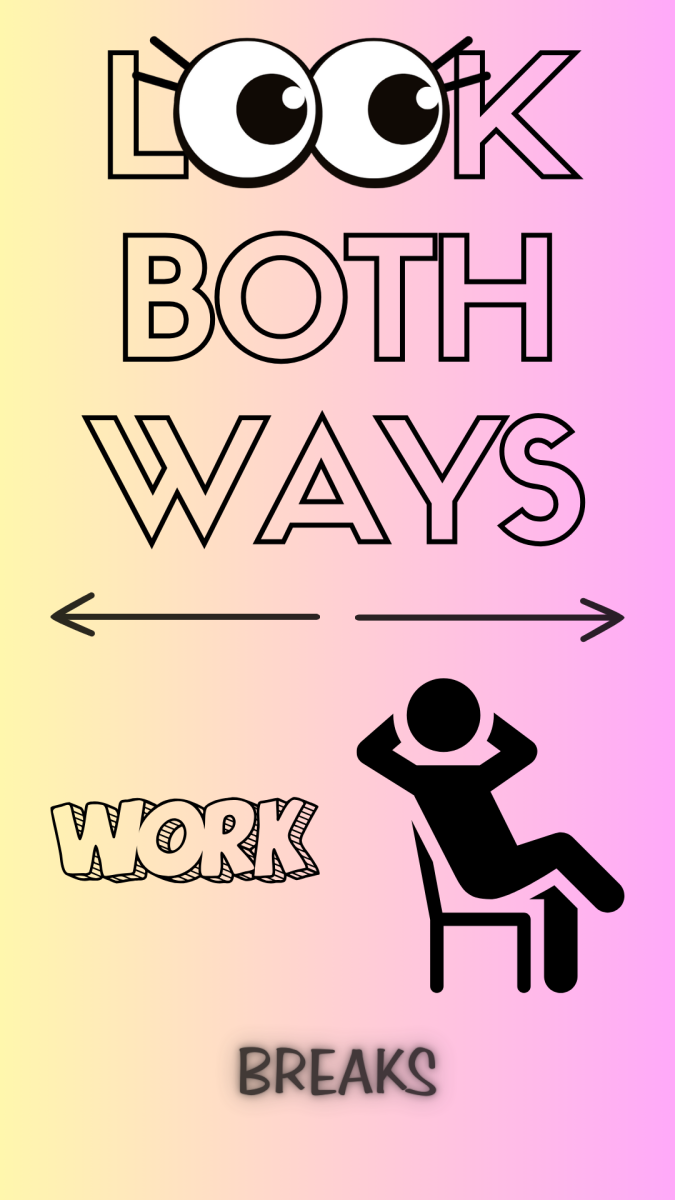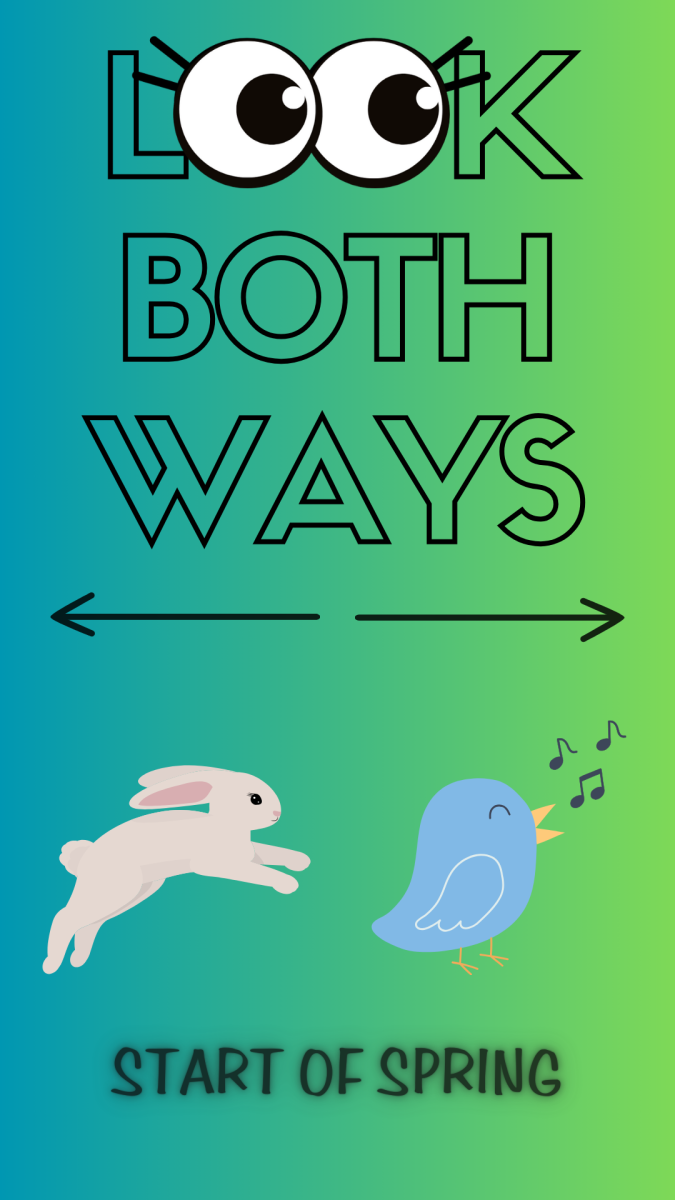DON’T SEPARATE ART FROM THE ARTIST
By: Kahlil Kambui, Opinion Columnist
Separating the art from the artist is not an excuse to consume the art of people who have done or said terrible things. We need to hold them accountable and not consume their art.
On Feb. 8, 2007, the Chicago Tribune reported it received a video tape of Robert Kelly having sex with a minor. That day many R. Kelly fans had to face a hard question: Stop supporting him or keep listening to his music?
The correct answer is, of course, to stop listening and not support him. Thankfully he is now in jail serving 20 years in prison, according to ABC7 News.
This dilemma is an example of separating the art from the artist when your favorite artist is a less-than-admirable person. When art was made by people who have done terrible things, the right thing to do is to no longer support or consume their work – even when it’s difficult.
An artist cannot be separated from their work. Creating art is a deeply intimate process, with artists often drawing inspiration from personal experiences to make their art. For many artists, their art is the best way to share their values and life experiences, according to The Art Story.
The artist is putting their blood, sweat and tears into their work, so their beliefs and emotions are part of that work and impossible to separate, their work is who they are.
Additionally, when listening to problematic people’s music, you actively support them and give them a platform when they don’t deserve one. Similarly, you support canceled actors monetarily when you watch their shows or movies.
Artists who have done or said terrible things need to be held accountable. Giving them an audience by enjoying their work fails to do so. In the end, it’s impossible to separate the art from the artist because of how intertwined their art is with who they are.
SEPARATE ART FROM THE ARTIST
By: Camilla Dziadosz, Opinion Columnist
Unfortunately, no matter how morally questionable an individual may be, their redeeming trait might just be their artistry.
Separating the art from the artist depends on the art’s quality and the severity of the behavior spawned the discussion of the separation in the first place. To separate the art from the artist means even if an artist is problematic, appreciating their artwork despite their controversy is a personal decision.
Even controversial artists like Michael Jackson and Ye (formerly Kanye West) are still beloved — emphasizing the impact of the art itself and how tricky it can be to detach positive artistic qualities from an artist’s persona.
Separating the art from the artist serves as a political device. If an individual’s values go against what you stand for, boycotting is often an efficient method of challenging the status quo and fighting for inequalities.
But not supporting an artist’s work because of who they are is a concept we cherry-pick in society. While our world is run on supporting self-serving leaders, we choose to channel our distaste and disapproval toward individuals in the art world, as if that world isn’t challenging enough.
Some argue specific behaviors like voicing certain political beliefs warrant severe consequences, but assuming we have the role of being the almighty decision-makers for individuals’ lives is morally questionable. Although, in some ways, this is the true power of the people — the power to create change and influence social norms.
The basis for cancel culture ultimately stems from perceived social norm violations, which are policed through shame and ostracization, according to a 2022 study published in Research Gate.
The ramifications of ostracization, which is linked to cancel culture, consist of the depletion of coping resources, depression and helplessness, according to a study published in the Annual Review of Psychology.
The justice served by initiating suffering in an individual’s life is questionable — as humans, we need acceptance to survive, which is evident when we observe the rates of suicide that are high among ostracized individuals, according to the National Library of Medicine.
The shame in cancel culture can go both ways. The universal need for acceptance adds to the anxiety of being ostracized, whether it be to join in on the cancellation or fear of one’s true opinion being discovered. This anxiety and desire to be accepted can devolve into disconnection and a loss of authenticity.
Separating the art from the artist depends on the context. At the heart of this topic is the notion that we shouldn’t view people through such a narrow lens. We all come with beauty and flaws, so it’s a matter of perspective: what we choose to focus on. Why not celebrate even flawed artists by their one good quality?


